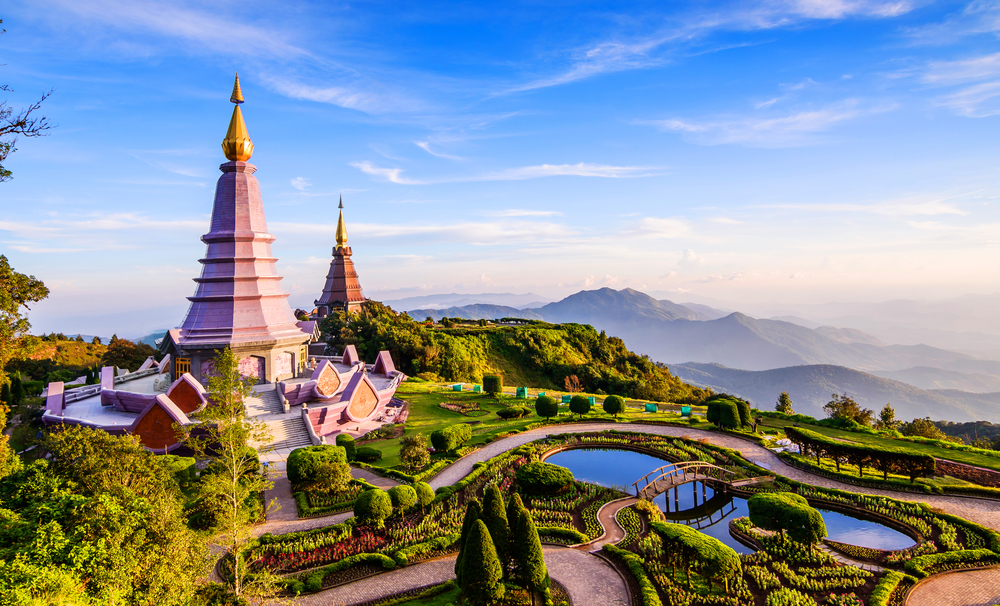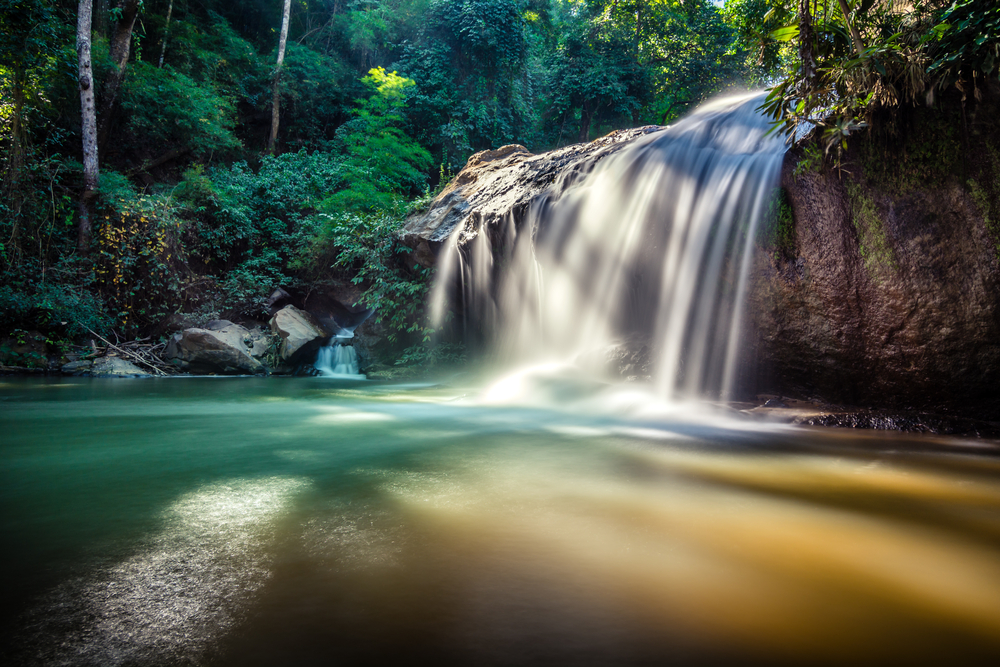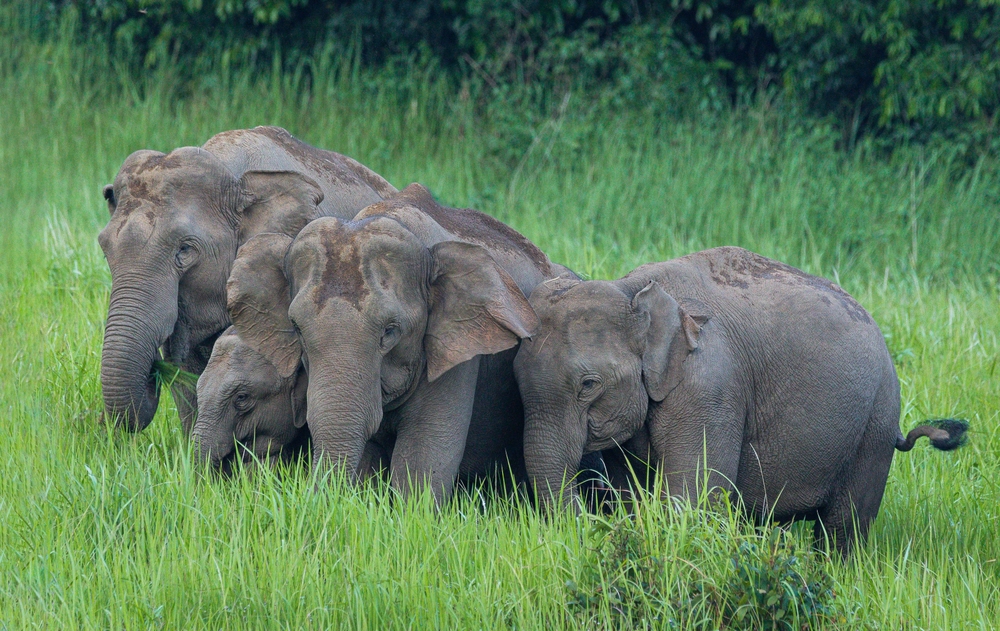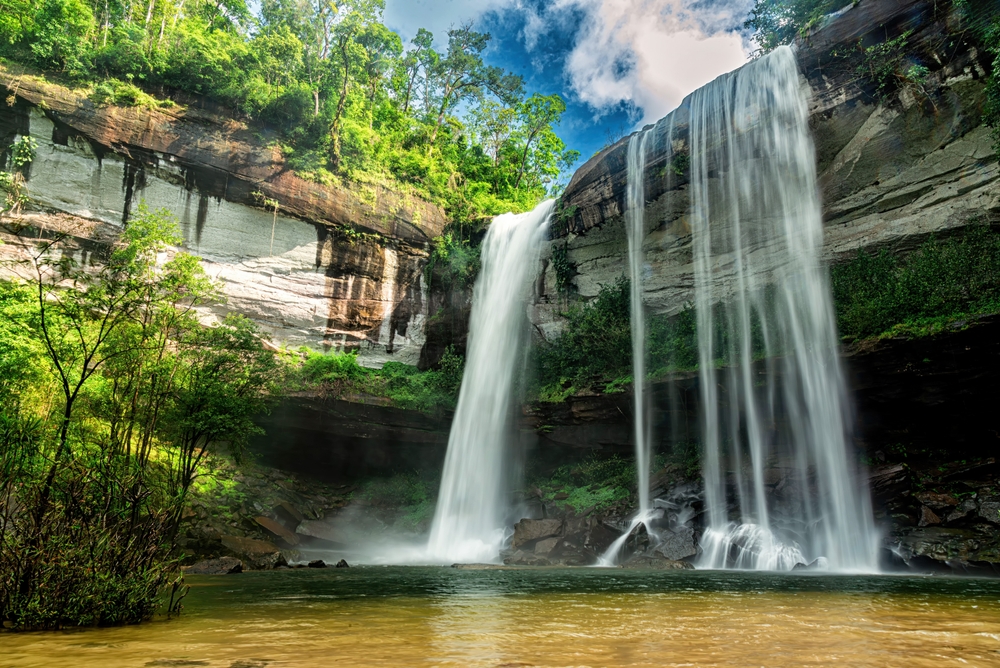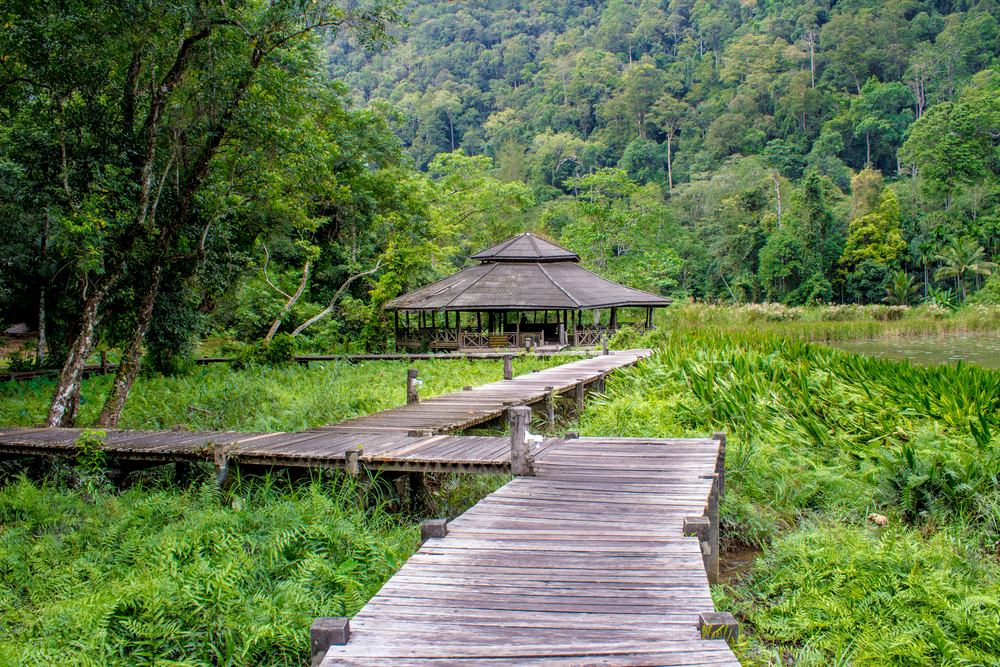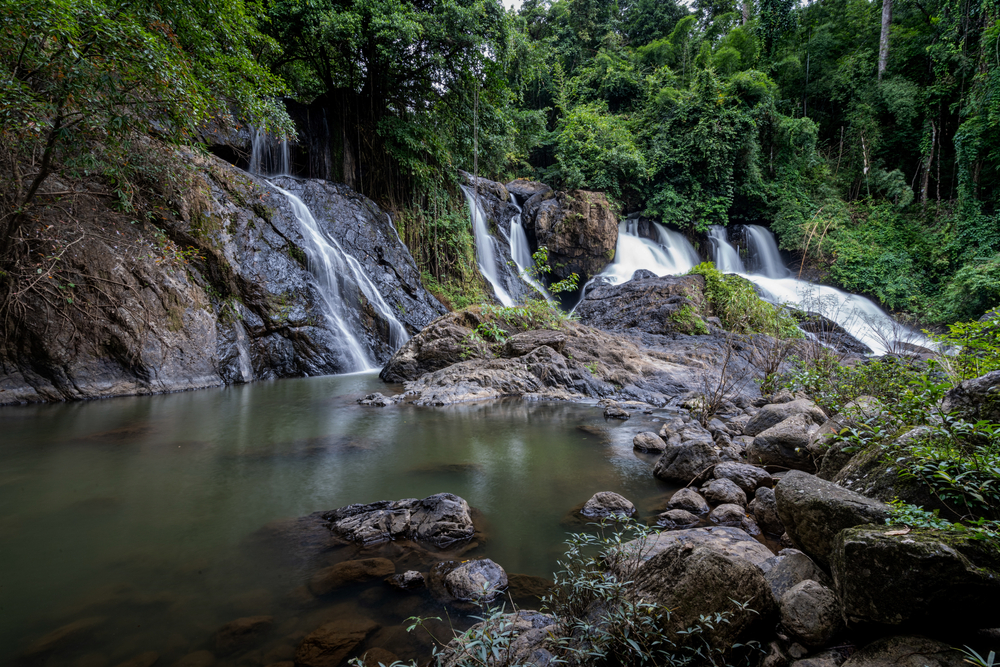Thap Lan Overview
Thap Lan National Park, known locally as “อุทยานแห่งชาติทับลาน,” is a stunning protected area located in the northeastern part of Thailand. Spanning an impressive 927 square miles (2,405 square kilometers), the park is part of the Dong Phayayen-Khao Yai Forest Complex, a UNESCO World Heritage Site. Situated primarily within the provinces of Prachinburi and Nakhon Ratchasima, it serves as a vital ecological haven and a sanctuary for diverse wildlife and plant species.
The park’s terrain is characterized by a remarkable variety of landscapes, from rugged mountain ranges to sprawling lowland forests. Notable geographic features include the majestic Khao Lamang and Khao Lamduan mountains, which rise prominently amidst the verdant scenery.
A significant portion of the park is covered in lush evergreen and mixed deciduous forests, with vast groves of fan palms (Corypha lecomtei), known locally as “Lan,” giving the park its name. During the rainy season, the vibrant greenery transforms the park into a lush wonderland, with streams and waterfalls such as Namtok Thap Lan and Namtok Bo Thong adding to its scenic beauty.
Thap Lan National Park is a haven for wildlife, offering refuge to an array of fascinating creatures. Among the mammals, visitors may encounter Asian elephants, gaur (Indian bison), leopards, and barking deer. Primates such as white-handed gibbons and long-tailed macaques are commonly spotted swinging through the trees.
The park is also home to an impressive variety of bird species, including hornbills, pheasants, and the endangered Siamese fireback, Thailand’s national bird. Reptiles and amphibians thrive here too, including various species of monitor lizards and tree frogs.
The park offers numerous attractions and activities for visitors to enjoy. Popular features include the expansive fields of blooming wildflowers during certain seasons and the panoramic viewpoints atop its mountains. Hiking is a favored activity, with trails leading adventurers deep into the forest to discover hidden waterfalls and remote wildlife habitats.
Birdwatching and wildlife spotting are also prominent activities, especially in the early mornings and evenings when animals are most active. For those seeking relaxation, camping sites allow visitors to immerse themselves in the park’s serene natural beauty under the starlit sky.
Thap Lan National Park faces ongoing conservation challenges, primarily due to illegal logging, poaching, and land encroachment. However, efforts by park authorities and local communities have yielded significant successes, including increased patrols and the use of modern technology to combat illegal activities. Reforestation projects and awareness campaigns have also contributed to the preservation of this critical ecosystem. The park’s management continues to work toward balancing conservation with sustainable tourism, ensuring that this natural treasure remains intact for future generations.











































































